The 10 Classic Cars That Changed the Automotive Industry
Throughout history, the automotive industry has been marked by revolutionary moments and vehicles that left a lasting impact on the world.
These cars weren’t just modes of transportation, but true icons that influenced generations of drivers, set trends, and pushed the boundaries of innovation.
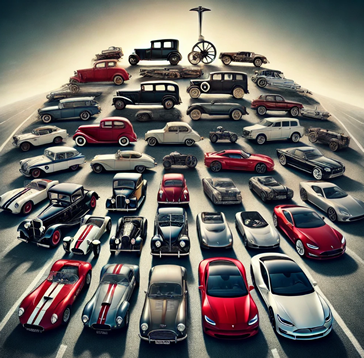
In this article, we’ll take a look at 10 classic cars that shaped the automotive industry, leaving an impact that goes far beyond the road.
1. Ford Model T (1908–1927) – Revolutionizing Mass Production
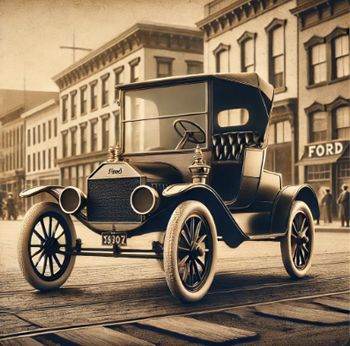
The Ford Model T, introduced in 1908, was a groundbreaking vehicle in the automotive world. It not only popularized the automobile but also revolutionized the way cars were manufactured, with the introduction of the assembly line.
Henry Ford’s innovation reduced production time from 12 hours to just 93 minutes, making the Model T affordable for the average person. This model was a true symbol of mobility, allowing the masses to own a car for the first time.
2. Volkswagen Beetle (1938–2003) – The People’s Car
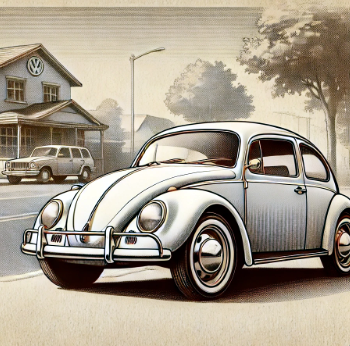
Developed by Ferdinand Porsche in Germany, the Volkswagen Beetle (or “Bug” in the U.S.) was designed to be an affordable car for the masses.
Its compact, durable, and economical design made it a global success. Manufactured for over six decades, the Beetle became one of the best-selling cars of all time and is still remembered today as an icon of simplicity and durability.
3. Chevrolet Corvette (1953–Present) – The Icon of American Sports Cars
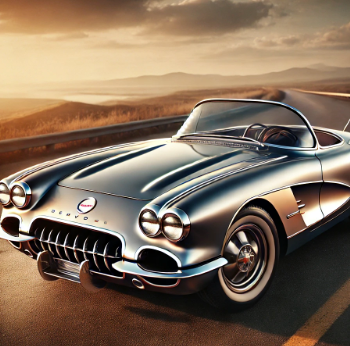
Debuting in 1953, the Chevrolet Corvette quickly became a symbol of American automotive performance. With its sporty style and innovative design, the Corvette set new standards for sports cars in the U.S. It pioneered many technologies later adopted by sports cars worldwide and remains one of the most coveted models among car enthusiasts to this day.
4. Mini Cooper (1959–Present) – Compact Innovation
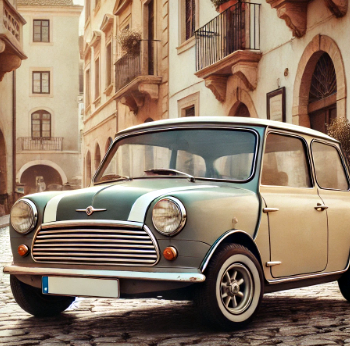
The Mini Cooper, launched in 1959, is a brilliant example of innovative automotive design. It was small on the outside but surprisingly spacious inside, thanks to its transverse engine and front-wheel-drive layout, which was revolutionary at the time.
This efficient design influenced generations of compact cars and became a cultural icon in Britain. The Mini also made a name for itself in motorsports with notable wins in rally racing.
5. Ford Mustang (1964–Present) – The Birth of the Muscle Car
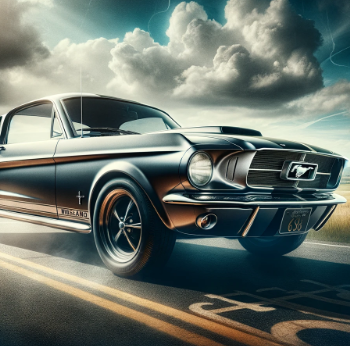
When the Ford Mustang was introduced in 1964, it created an entirely new category of cars: the muscle car. With its affordable yet sporty design, the Mustang was an instant hit, giving everyday drivers the chance to experience power and style.
It quickly became an American icon, widely featured in movies, TV shows, and pop culture, and continues to be one of the most admired and best-selling cars globally.
6. Ferrari 250 GTO (1962–1964) – The Ultimate Race Car
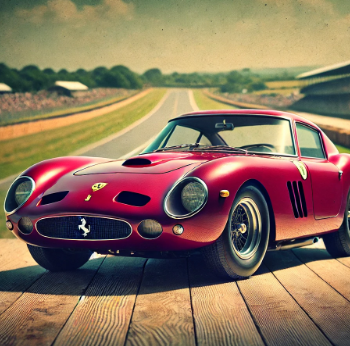
Often regarded as the greatest racing car ever built, the Ferrari 250 GTO is one of the most valuable cars in the world. With only 36 units produced, it is among the rarest and most sought-after vehicles.
The 250 GTO wasn’t just a pretty face; it was highly competitive on the track, dominating endurance races in the 1960s. Its legacy is one of exclusivity, performance, and Ferrari’s hallmark of design excellence.
7. Porsche 911 (1964–Present) – The Timeless Classic
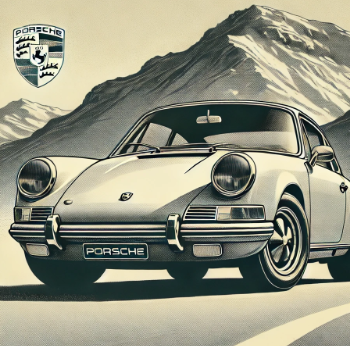
The Porsche 911 is one of the most recognized sports cars in the world, and since its debut in 1964, it has remained largely unchanged in terms of design and layout.
The rear-engine configuration, sleek design, and outstanding performance made the 911 a global success, earning a loyal following that spans generations. Its ability to embrace technological advancements without losing its classic essence makes the 911 a symbol of excellence in automotive engineering.
8. Toyota Corolla (1966–Present) – Global Popularity and Reliability
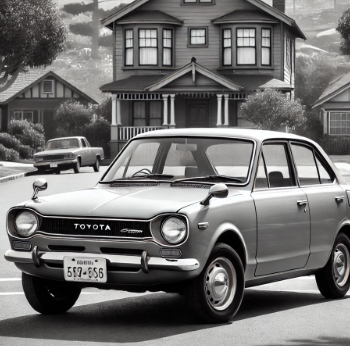
When the Toyota Corolla was first launched in 1966, no one could have predicted that it would become the best-selling car in history. Its unbeatable reliability, low maintenance costs, and fuel efficiency made it the preferred choice for millions of drivers worldwide.
With over 44 million units sold, the Corolla stands as the pinnacle of practical and accessible automotive engineering.
9. Lamborghini Miura (1966–1973) – The First Supercar
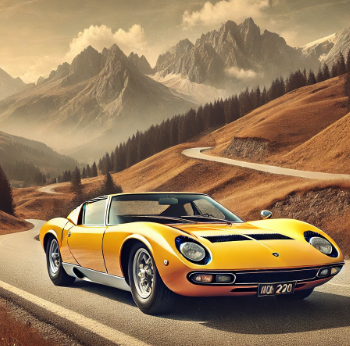
Introduced in 1966, the Lamborghini Miura is often considered the world’s first supercar. Its bold design, with a mid-engine layout, revolutionized the sports car industry.
The Miura not only offered exceptional performance and speed but also elevated the concept of a sports car to a new level of luxury and exclusivity. It defined what it meant to be a supercar and continues to influence the design of high-performance vehicles to this day.
10. Tesla Model S (2012–Present) – The Pioneer of the Electric Era
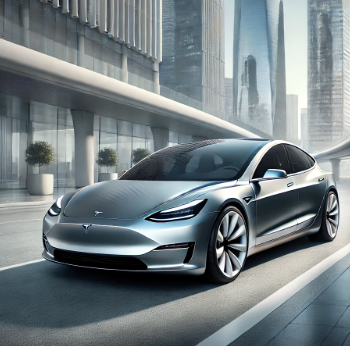
The Tesla Model S isn’t just an electric car; it’s a landmark in the automotive industry. Launched in 2012, the Model S challenged the status quo of gasoline-powered cars, offering a blend of performance, luxury, and cutting-edge technology with zero emissions.
With its impressive range and powerful acceleration, the Tesla Model S redefined what it means to drive an electric vehicle, paving the way for the widespread adoption of electric cars.
As a conclusion, each of these cars has left an indelible mark on the history of the automotive industry. Whether through technological innovation, revolutionary design, or cultural impact, these vehicles have shaped the future of mobility.
They are not just machines but works of art that represent the pinnacle of human engineering and vision. By looking back and celebrating these icons, we can better understand the future of the automotive industry and the innovations yet to come.